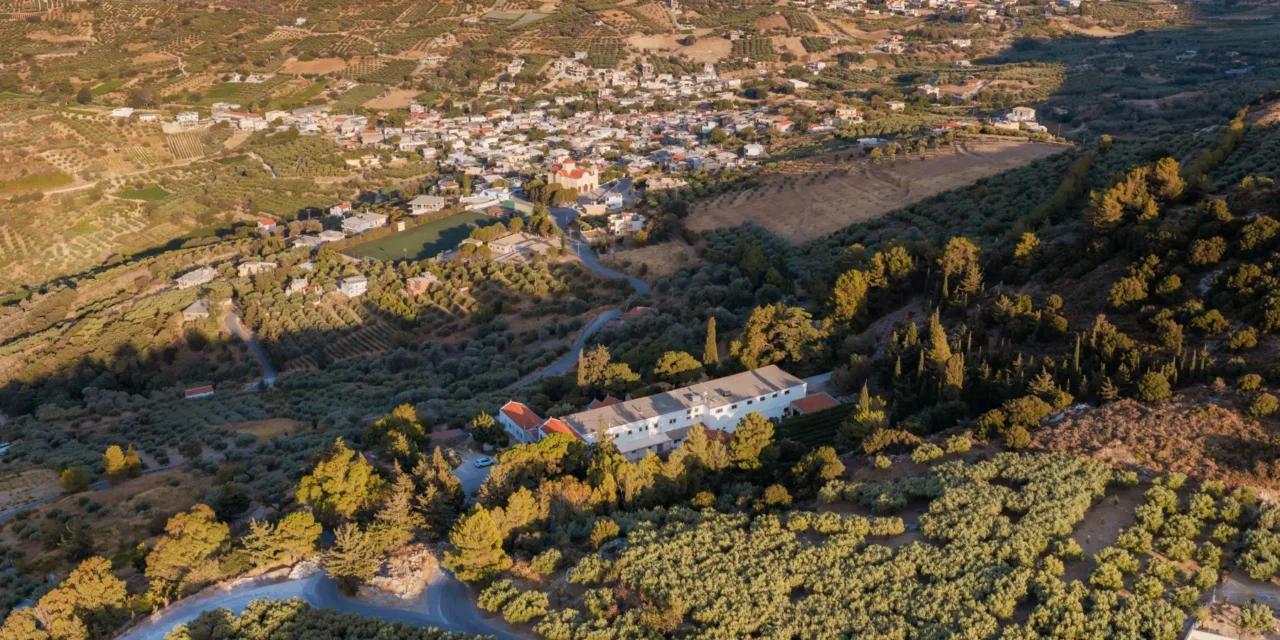
The Holy Monastery of Agios Georgios Gorgolaini: A Beacon of Cretan Resilience and Faith
Perched at an elevation of 500 meters near the village of Kato Asites, the Holy Monastery of Agios Georgios Gorgolaini stands as a testament to Cretan resilience and devotion. This monastery, dedicated to Saint George, has endured through centuries of tumultuous history, surviving numerous revolutions and uprisings during the Ottoman occupation of Crete.
Architectural and Artistic Heritage
The monastery’s katholikon (main church) boasts a rich history, with its initial construction dating back to at least the Venetian era. The single-nave, arched church was completed in 1627 and dedicated to Saint George. In the early 20th century, an aisle dedicated to Saint Nicholas was added, further enriching the monastery’s architectural heritage.
Within the church, visitors can admire the intricate artistry of a 19th-century wood-carved templon (iconostasis), a masterpiece of folk ecclesiastical woodcarving. The monastery also features a Venetian fountain, a testament to the island’s diverse cultural influences.
A Sanctuary of Tradition and Resistance
The Holy Monastery of Agios Georgios Gorgolaini is more than just a place of worship; it’s a living repository of Cretan traditions and a symbol of resistance against oppression. The monastery’s small monastic community continues to uphold centuries-old practices, eschewing modern technologies like microphones and electric lighting during services, creating an atmosphere that evokes the past.
Throughout its history, the monastery has served as a refuge for rebels and freedom fighters during various periods of unrest. During the Ottoman occupation, it was a center of revolutionary movements and was even burned down by the Ottomans in retaliation for its role in the uprisings. Despite these setbacks, the monastery was rebuilt each time, a testament to the unwavering spirit of the Cretan people.
A Living Legacy
In the 1960s, the monastery served as a summer camp for children, known as Paidoupoli, fostering a connection between the younger generation and their cultural and spiritual heritage. Today, the monastery continues to play a vital role in the religious and cultural life of the region.
The monastery’s grounds are adorned with towering oak trees, two of which, a plane tree and a cypress have been declared protected natural monuments. These ancient trees, along with the monastery’s historic buildings and serene atmosphere, create a sense of tranquility and connection to nature.
Key Points
- Construction Period: Venetian era (13th century), with significant additions and renovations in the 17th and 20th centuries.
- Location: Kato Asites, Heraklion, Crete.
- Historical Significance: A center of resistance during the Ottoman occupation, a refuge for rebels and freedom fighters, and a place of cultural and spiritual significance for the Cretan people.
- Current Status: Active monastery, open to visitors.
Father Arsenios unique













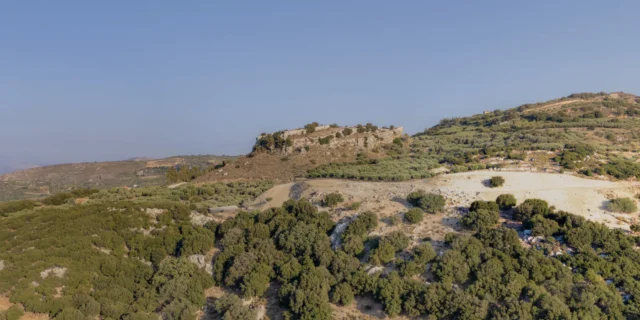

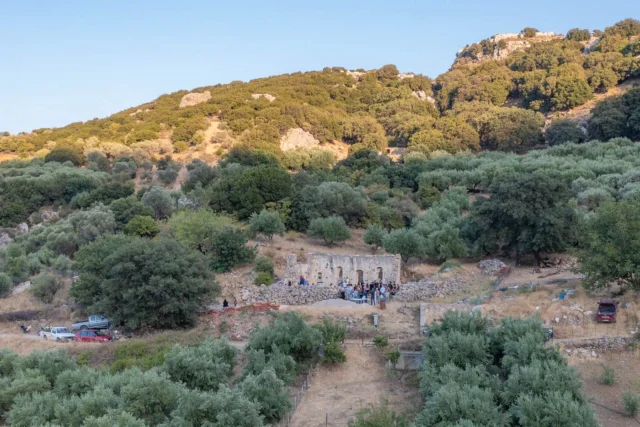

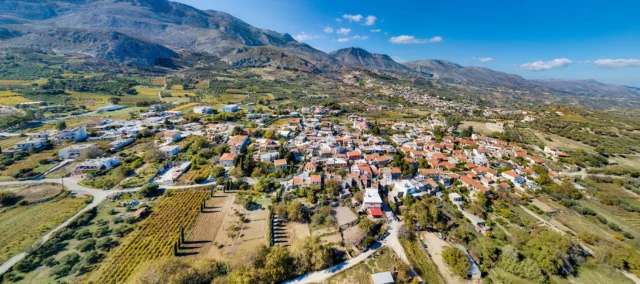
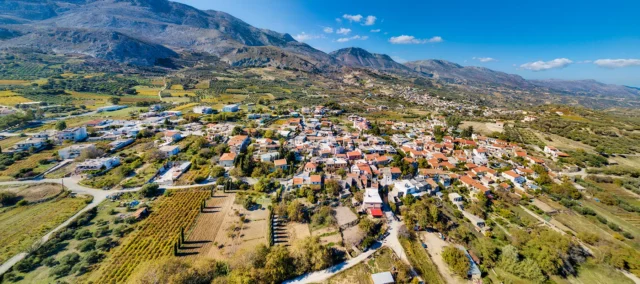



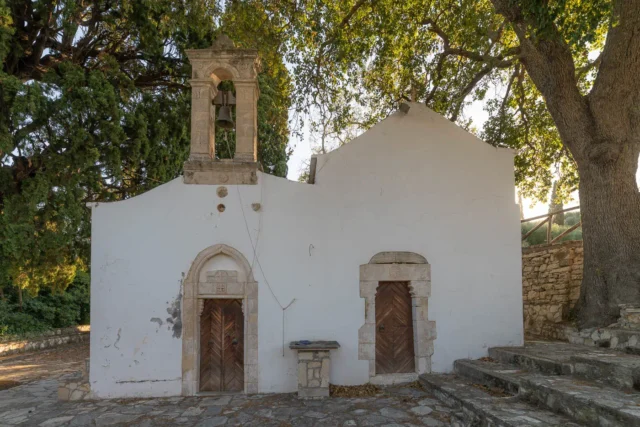
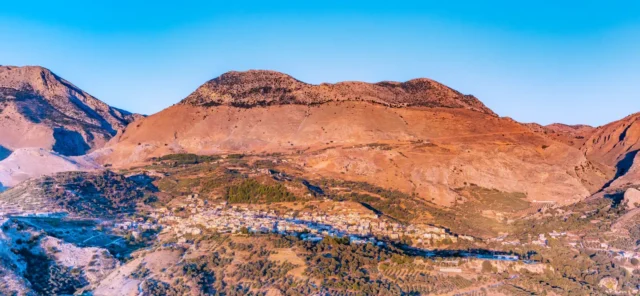
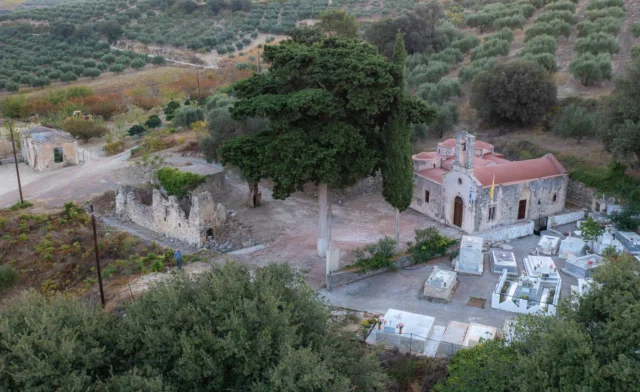
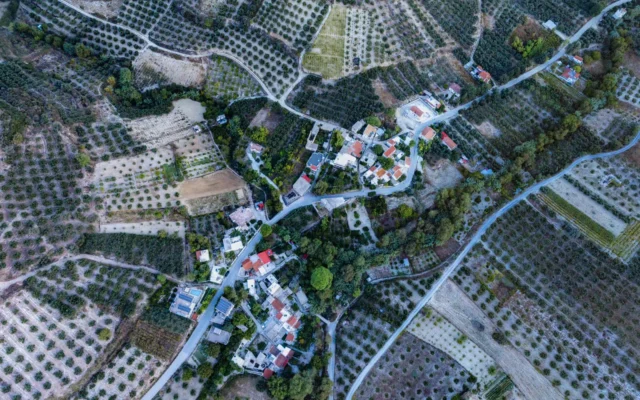

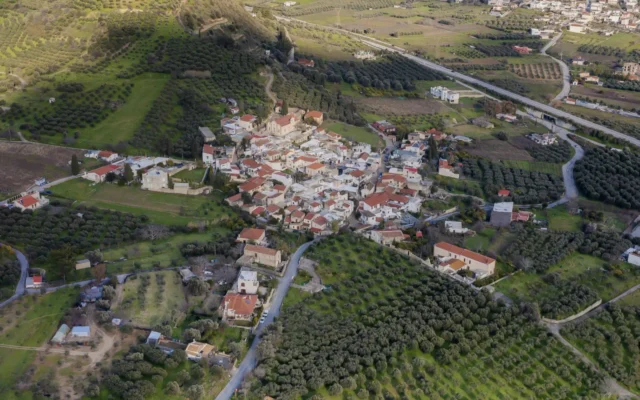



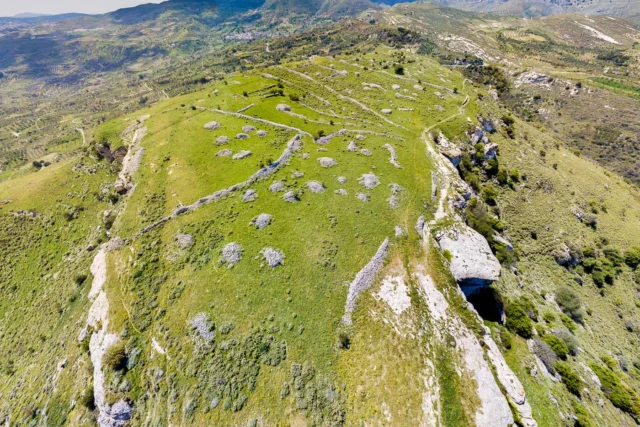
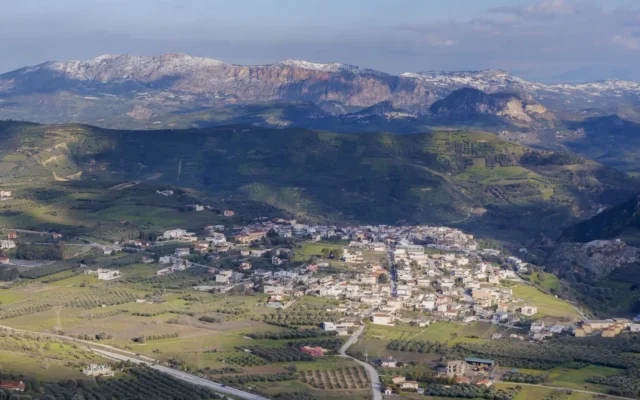
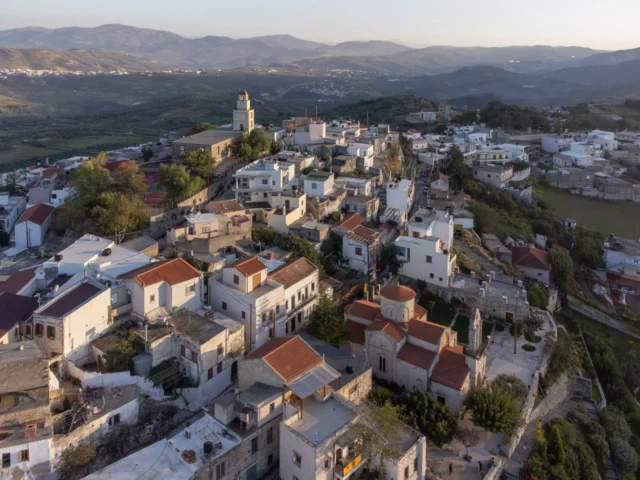

There are no comments yet.